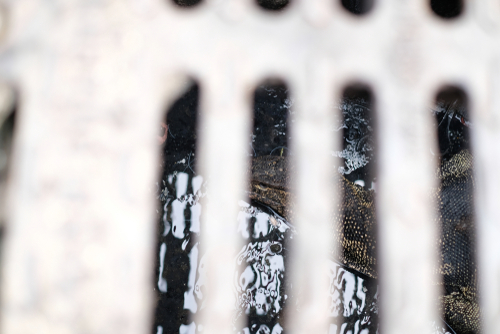
In a surprising turn of events that seems to leap straight out of urban legends and into reality, city workers in Oviedo, Florida, stumbled upon a 5-foot alligator lurking within a stormwater pipe during what was supposed to be a routine pothole inspection. This discovery not only captivated the local community but also reignited discussions about the presence of wildlife in urban settings, particularly those species traditionally associated with more natural, wild habitats.
The incident, which was captured on video and quickly went viral, serves as a stark reminder of the thin line between human civilization and the untamed wilderness that surrounds it. The footage, reminiscent of scenes from the 1980 B-movie "Alligator" and even referenced in Steven Spielberg's iconic film "E.T.," showcases the adaptability of these reptiles to environments far removed from their natural habitats.
https://twitter.com/Unexplained/status/1441456893998735360
Further investigation into the matter revealed that the alligator likely gained access to the sewer system through one of the city's storm ponds. This is not an isolated incident; residents have reported similar sightings in Florida's storm runoff network, indicating a broader pattern of alligator habitation within urban infrastructures. Such occurrences underscore the challenges and responsibilities cities face in managing wildlife interactions, ensuring public safety while respecting the ecosystems that flourish, sometimes unseen, within city limits.
Interestingly, this phenomenon is not exclusive to Florida. New York City has had its share of alligator encounters, with instances of reptiles being found in places as unexpected as Central Park and beneath parked cars in Astoria. These sightings, though less frequent than in Florida, further emphasize the adaptability and resilience of alligators, capable of surviving in diverse and often inhospitable environments.
Restrained alligator knocks out man after being taunted pic.twitter.com/KpgdyJ16Iz
— non aesthetic things (@PicturesFoIder) April 6, 2024
The implications of these discoveries are manifold. On one hand, they highlight the remarkable ability of wildlife to adapt to urban settings, raising questions about the impact of human expansion on animal habitats. On the other, they serve as a cautionary tale about the unintended consequences of pet ownership and release, as some of these urban alligators are believed to be former pets released into the wild by their owners.
Moreover, the use of technology, such as robots equipped with cameras, in uncovering these hidden denizens of the deep provides a glimpse into the future of wildlife management and urban planning. It offers a non-invasive means to monitor and understand the movements and behaviors of species that have made their homes in the shadows of our cities.
As urban areas continue to expand and encroach upon natural landscapes, the intersection between human and wildlife habitats will inevitably become more frequent. The discovery of alligators in city sewers and lakes is a vivid illustration of this growing interface, urging a reevaluation of how we perceive, interact with, and manage the natural world around us.
In conclusion, the presence of alligators in urban sewers and waterways is a testament to the resilience of nature in the face of human development. It calls for a balanced approach to urban planning that considers the needs and safety of both human populations and the wildlife with which they share their spaces. As we move forward, let this be a reminder of the importance of coexistence and respect for the natural world that persists amidst our concrete jungles.
Do you believe it?
We want to hear from you! Please share your perspective by commenting below.












This website is an absolute gem! The content is incredibly well-researched, engaging, and valuable. I particularly enjoyed the [specific section] which provided unique insights I haven’t found elsewhere. Keep up the amazing work!
Good one for the gator ! He got the ignorant smart azz that was unnecessarily taunting it.